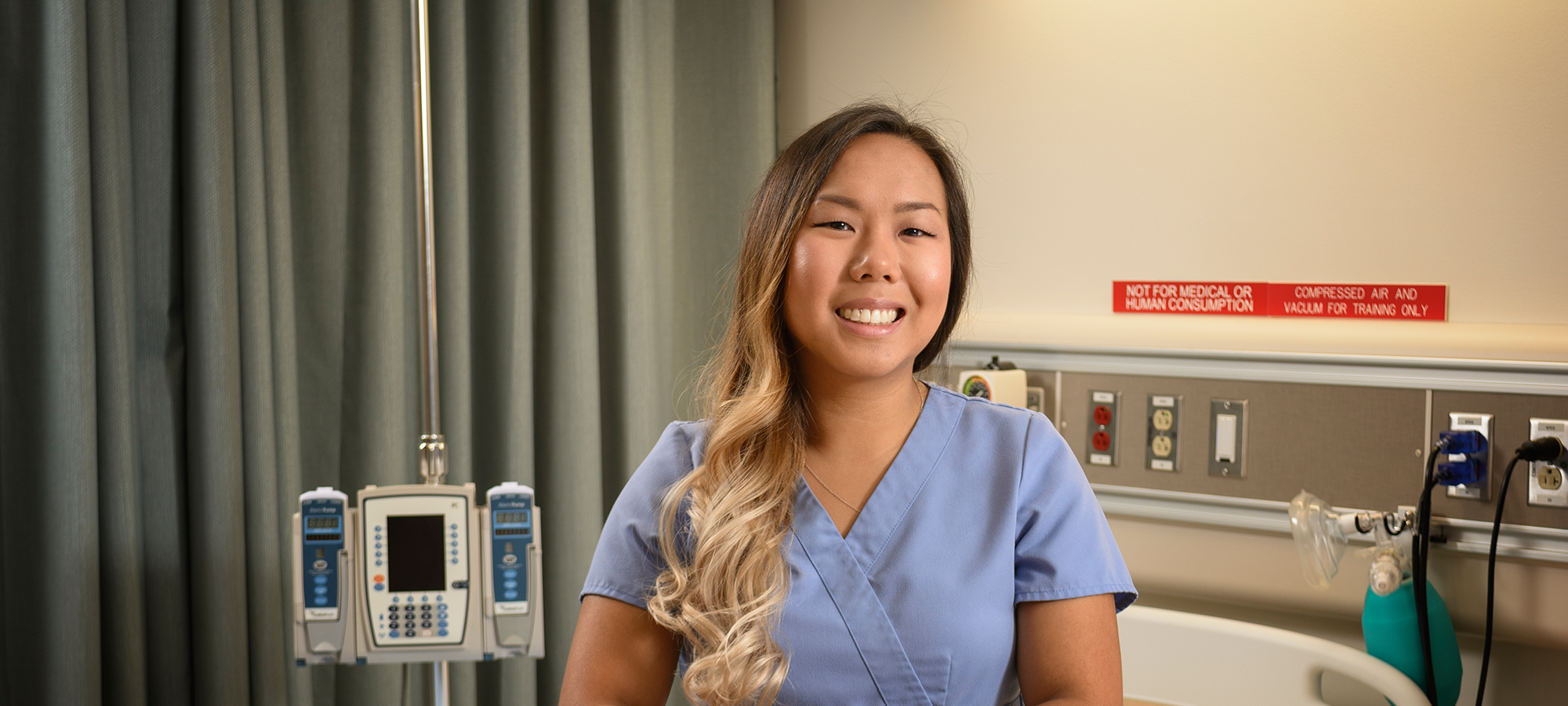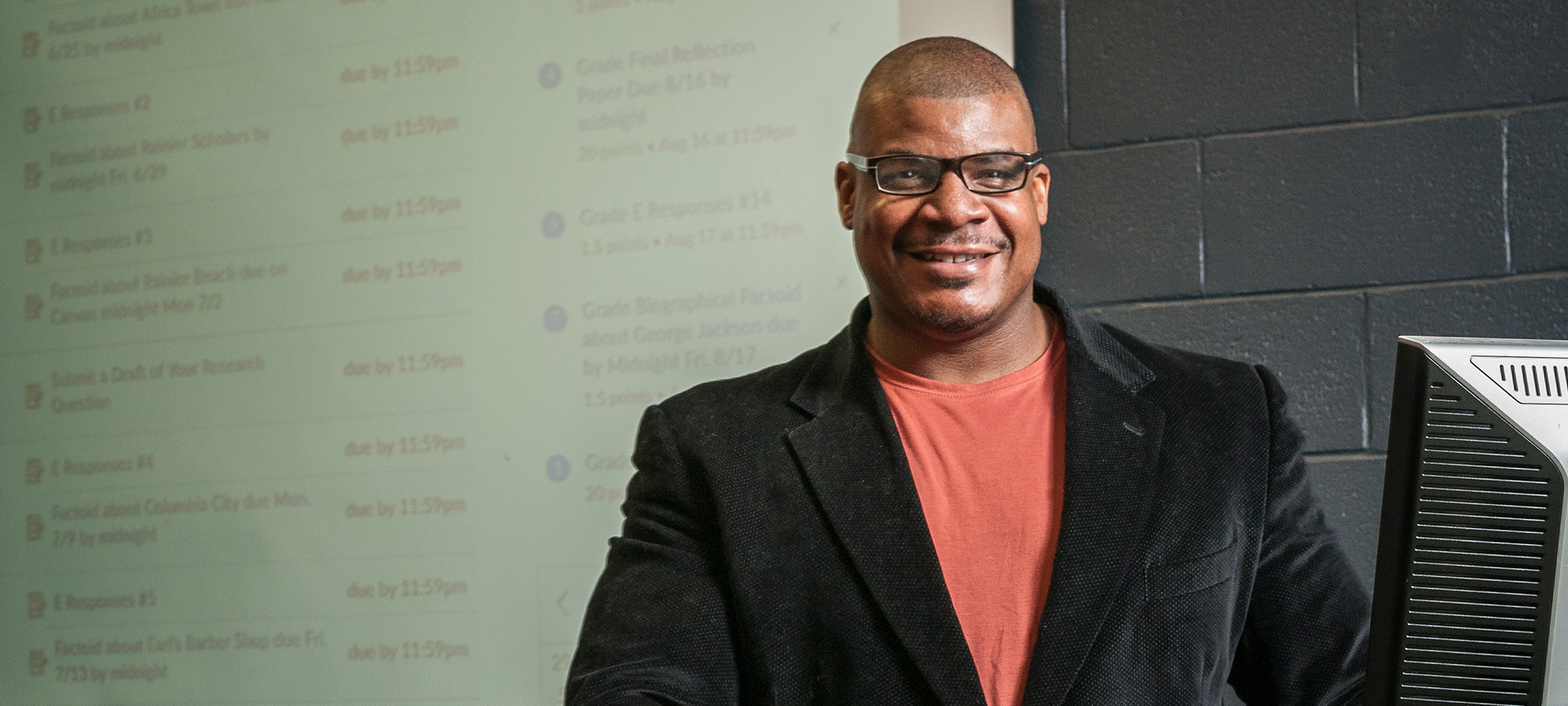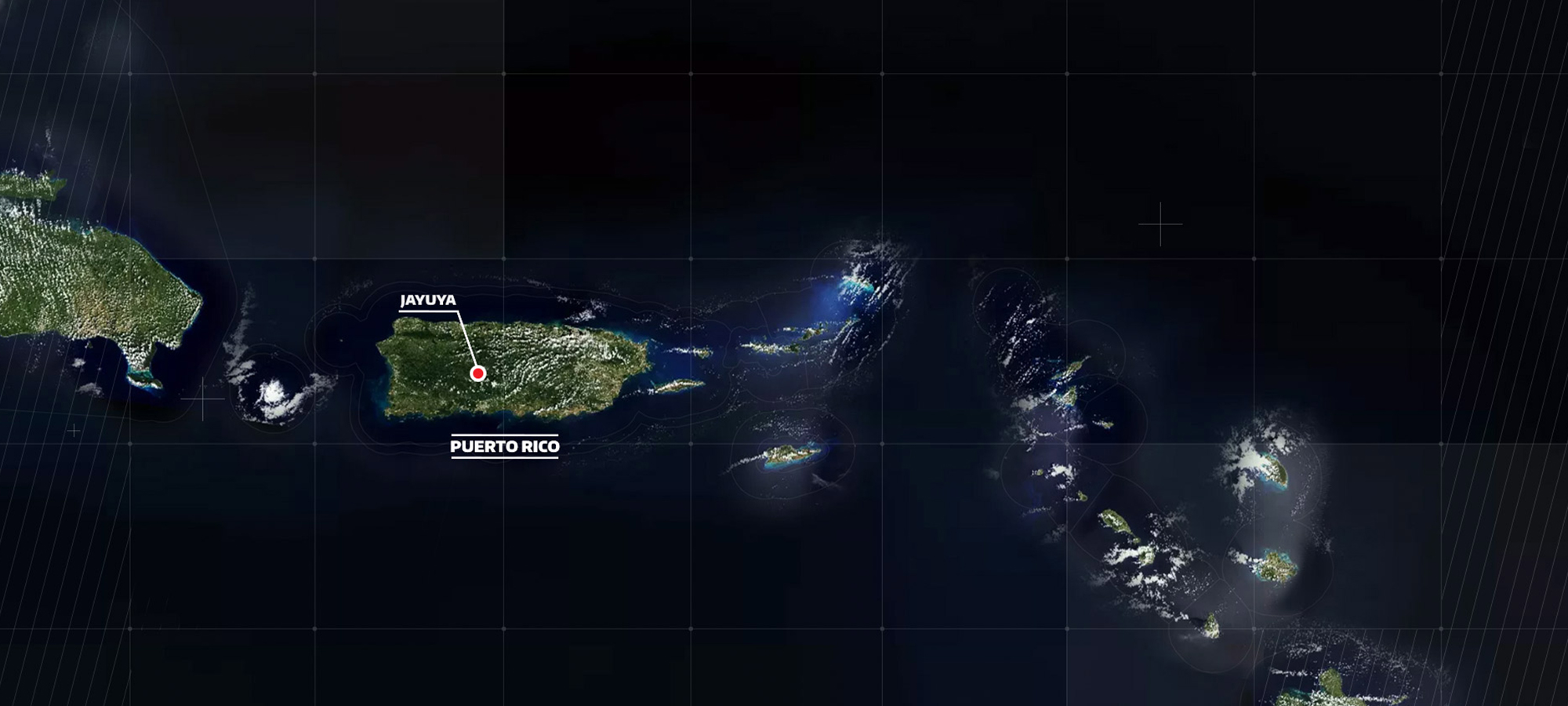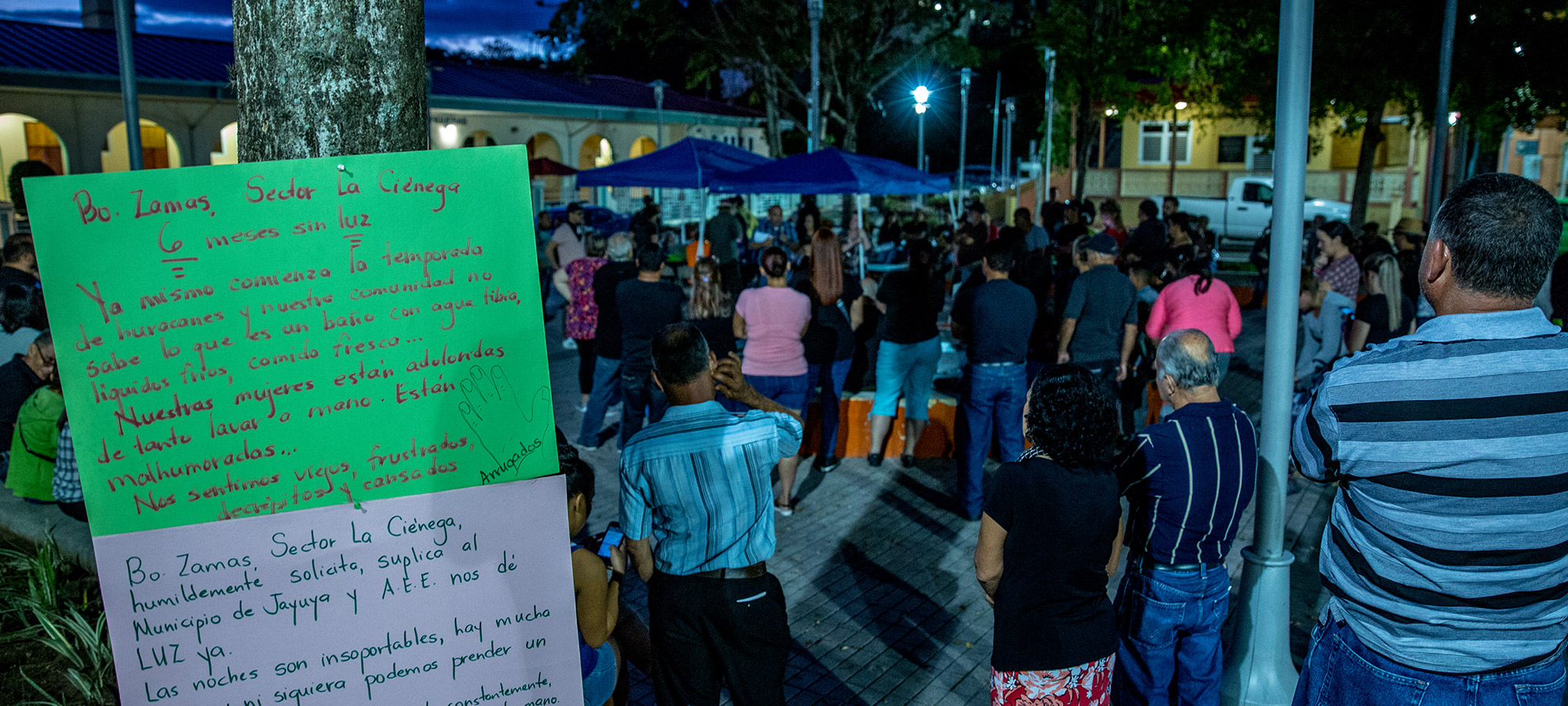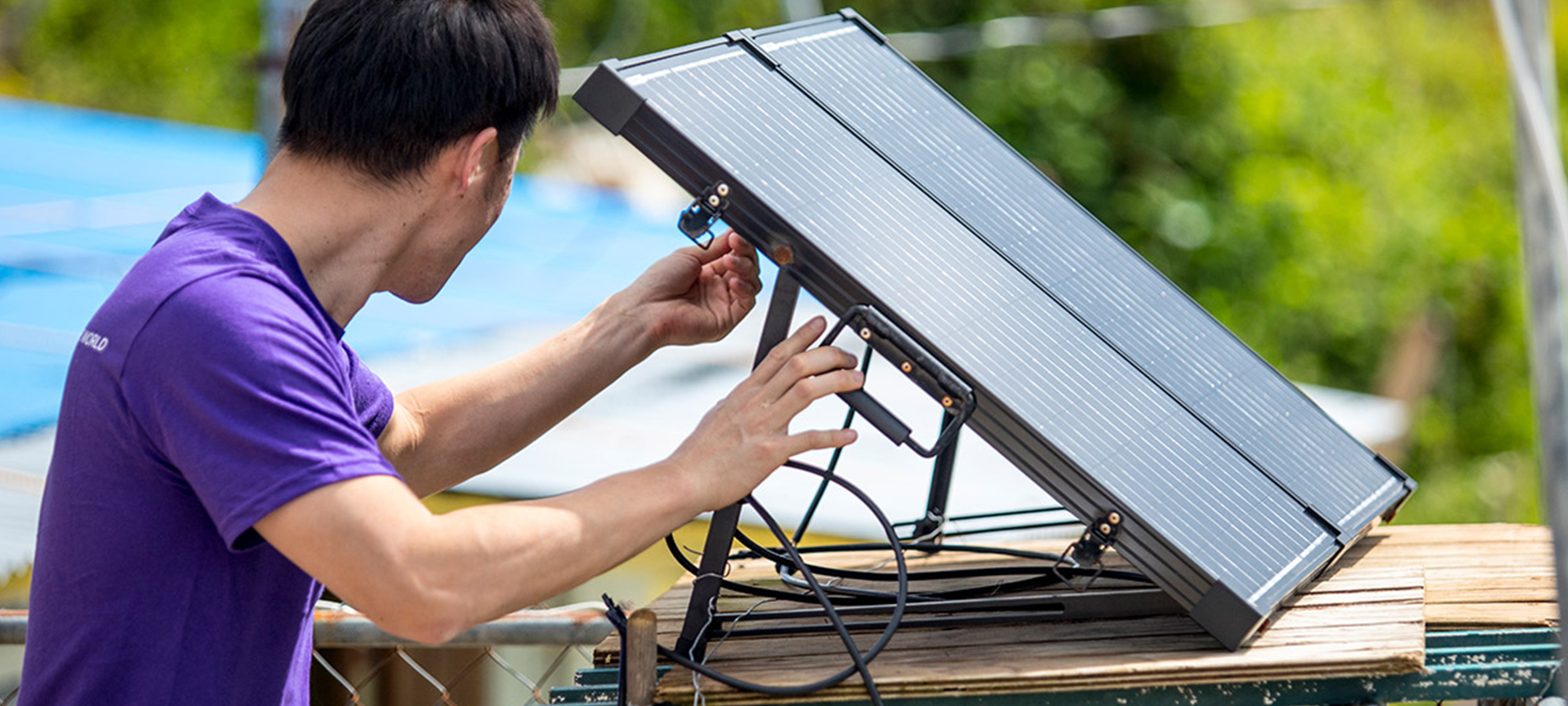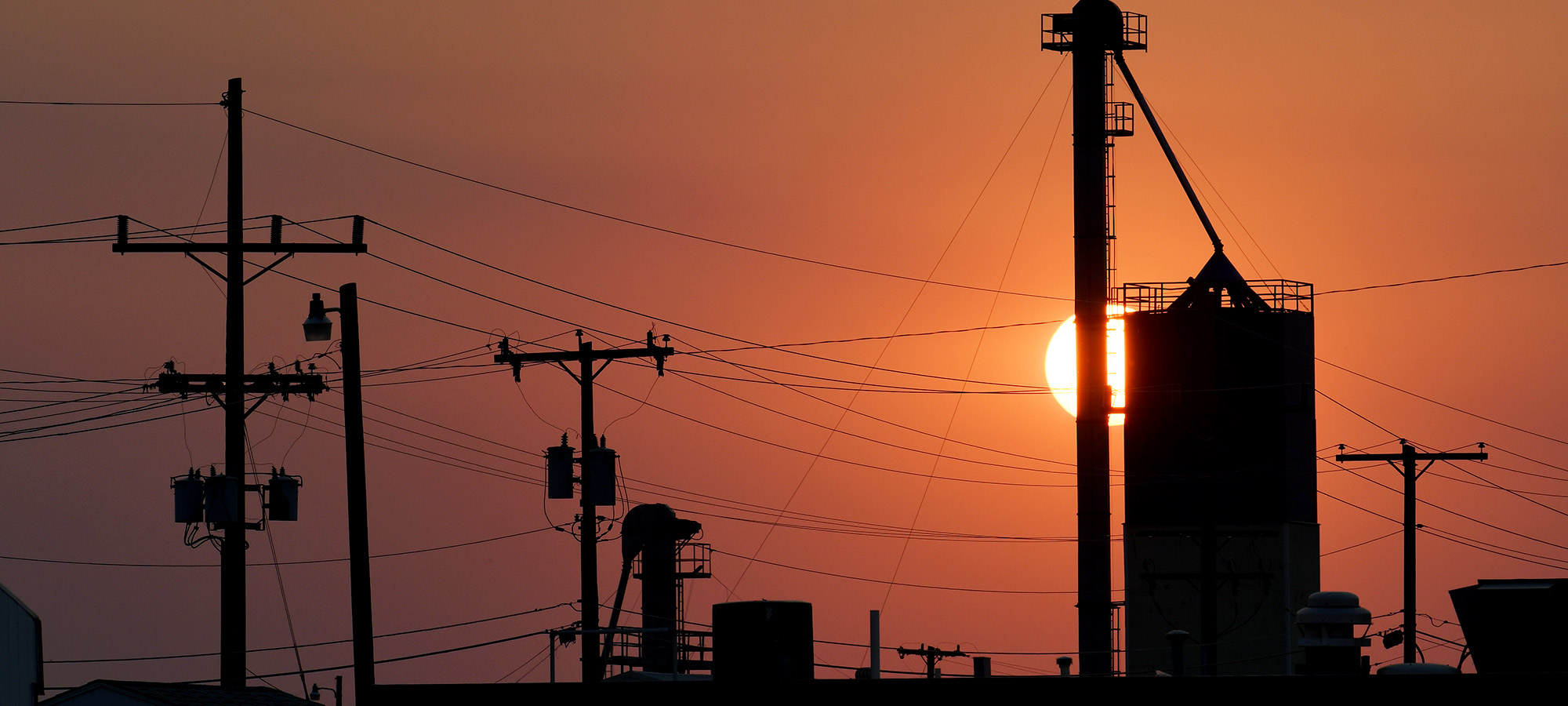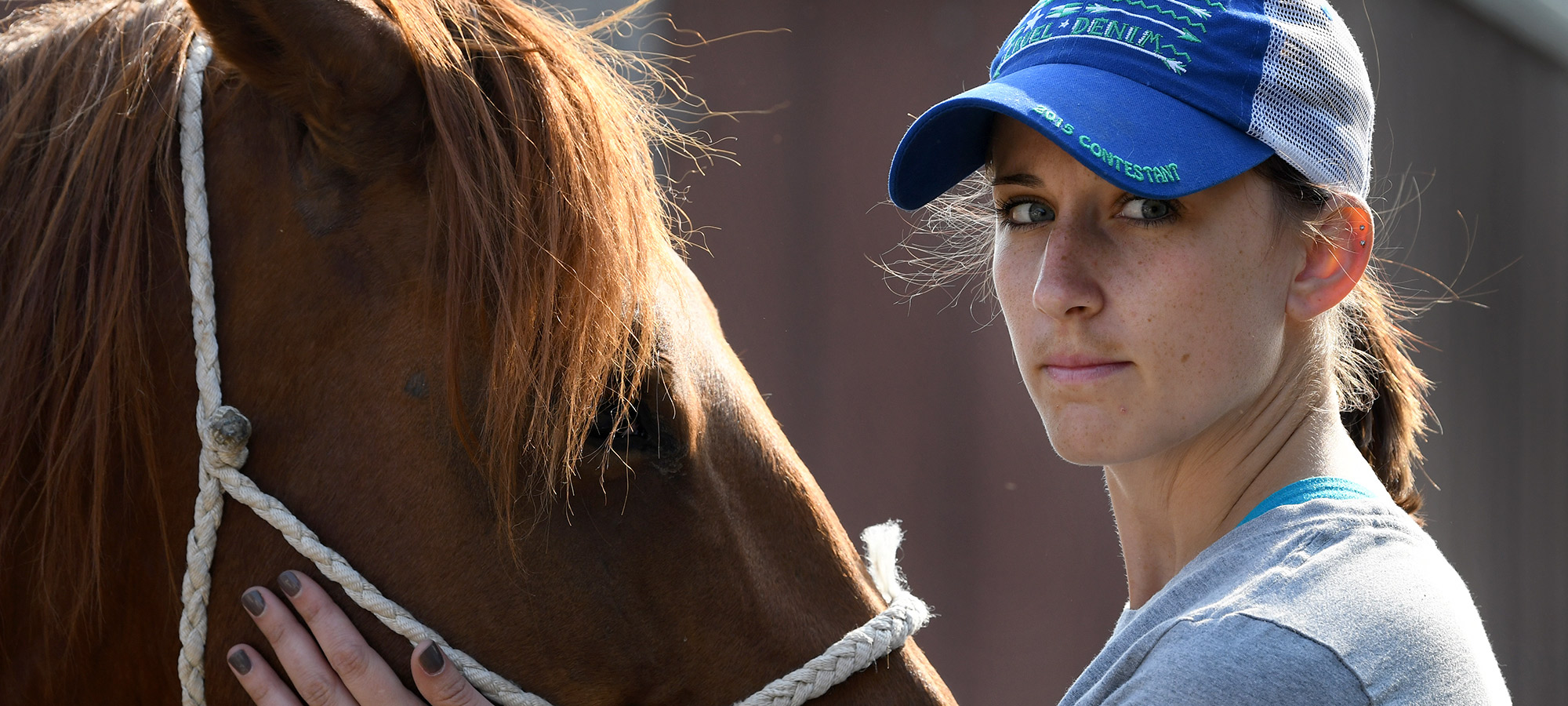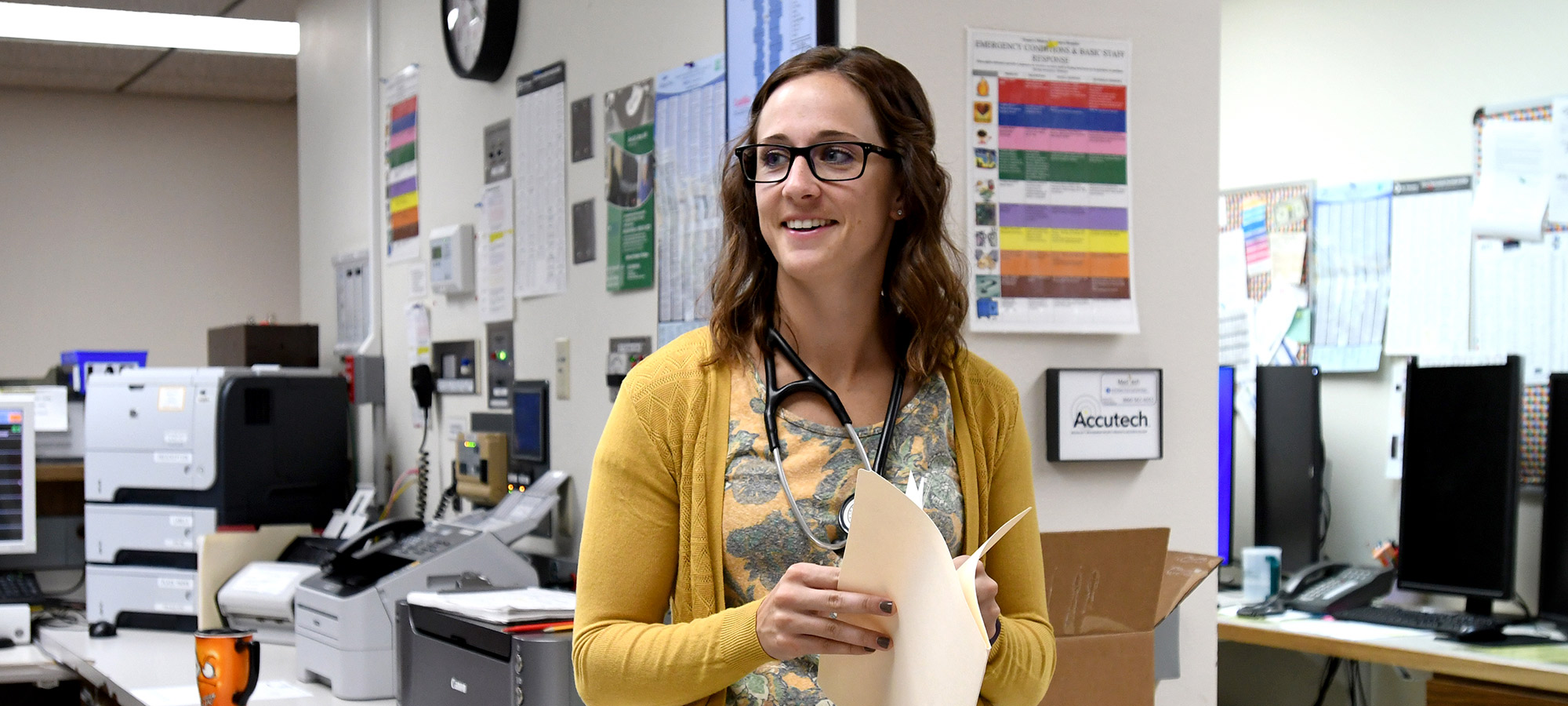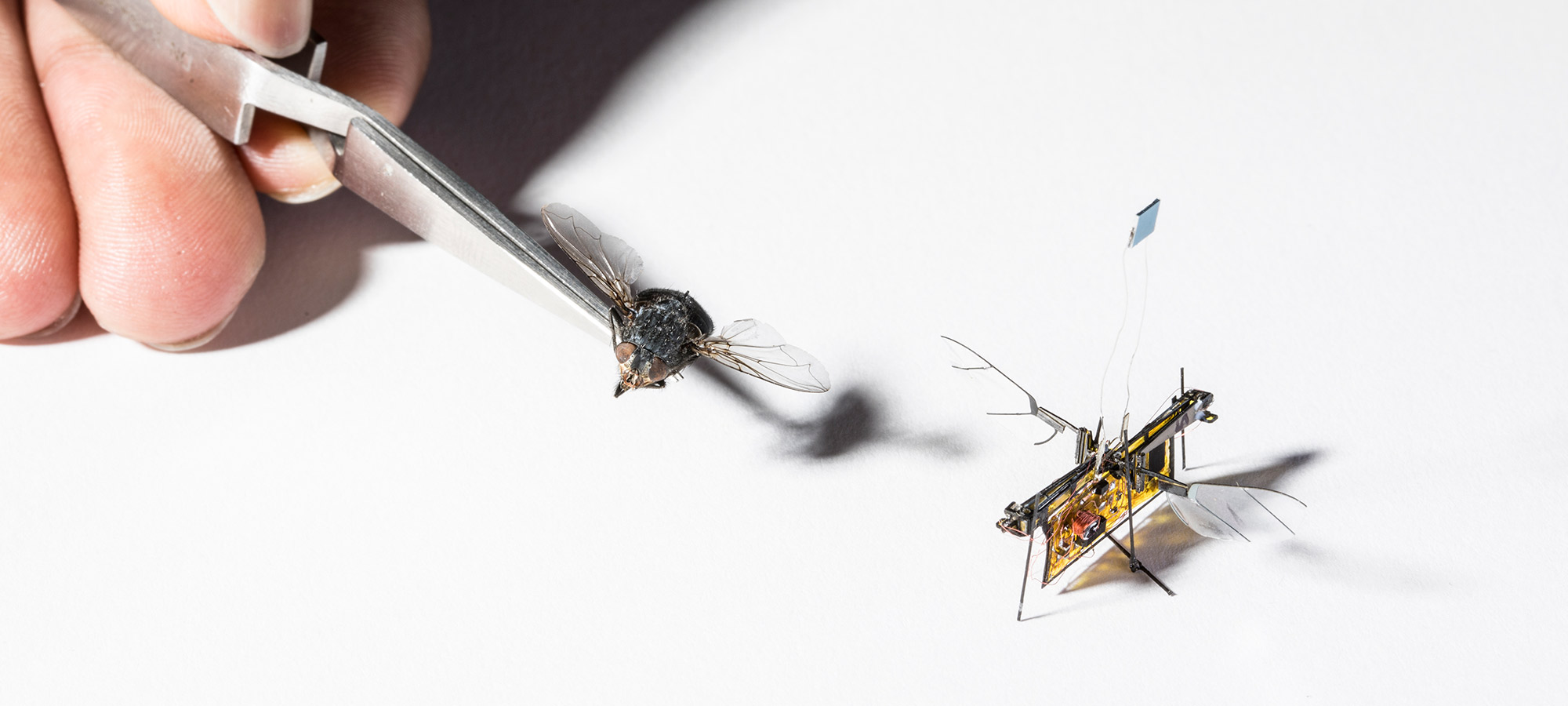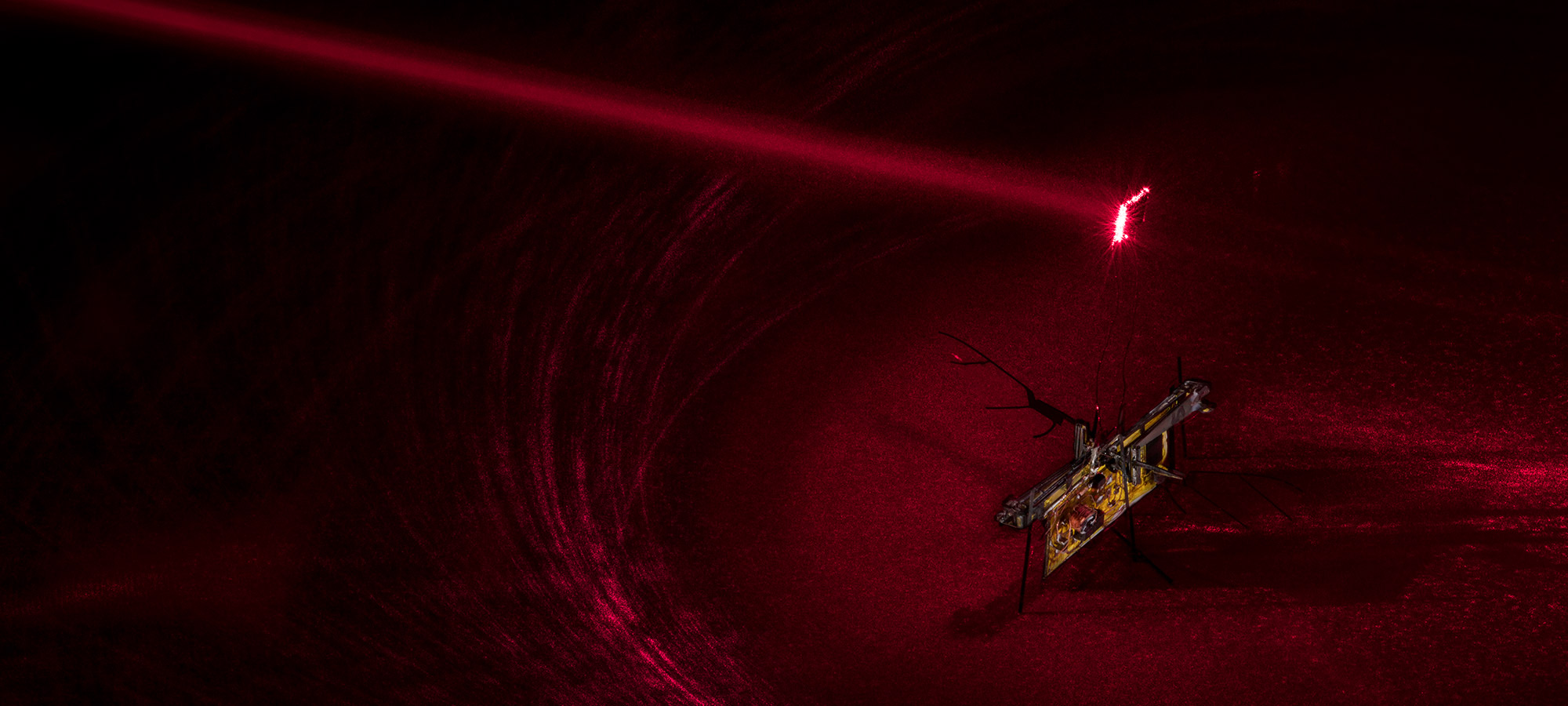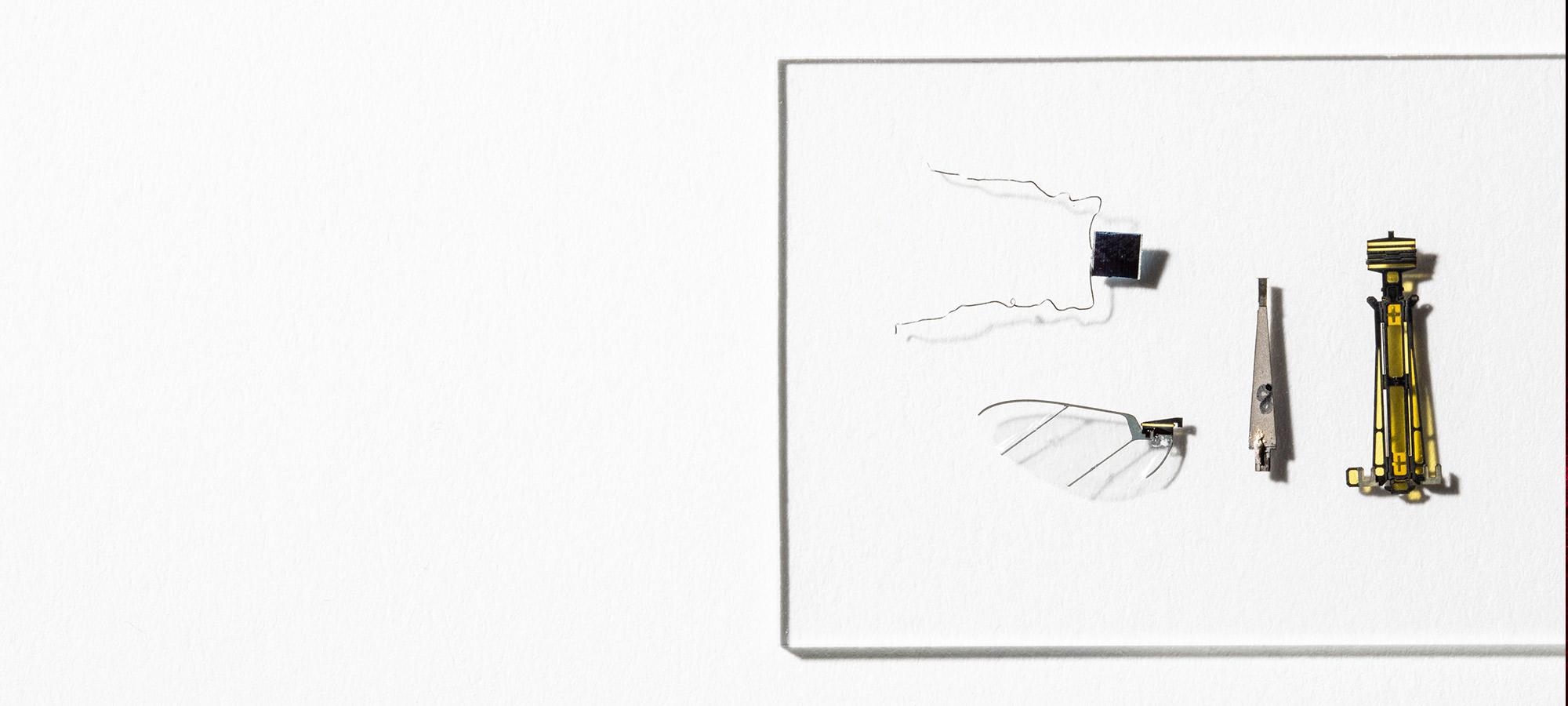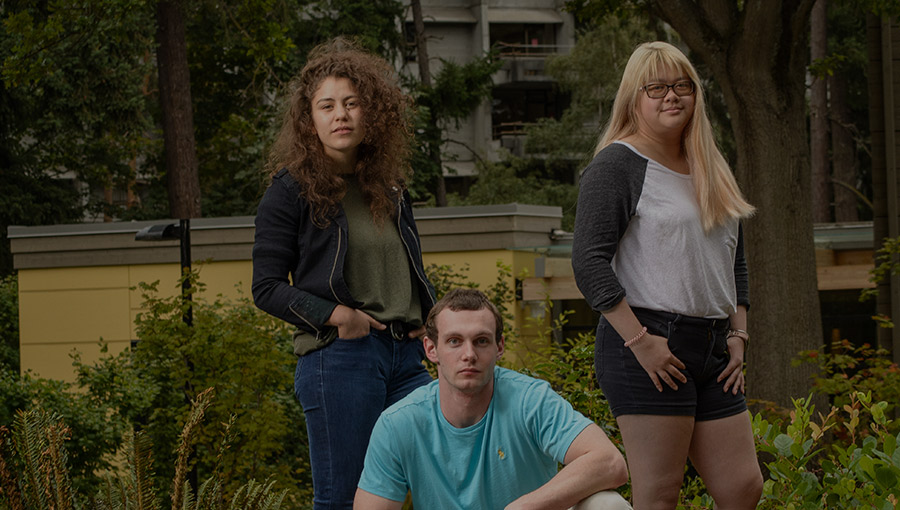
FIRST-GEN STUDENTS FIND THEIR WAY
Resilience, persistence and community help these first-generation students navigate the complexities of college.
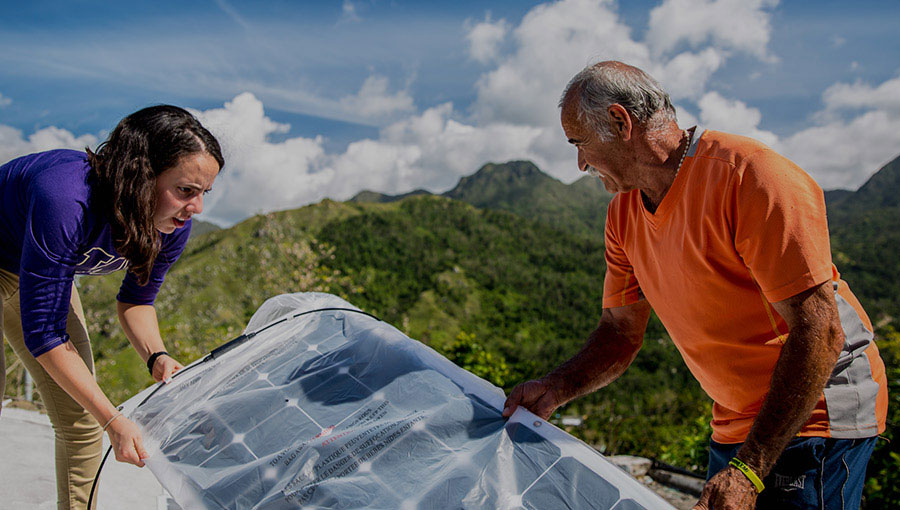
GRID BY GRID
Months after Hurricane Maria, thousands of Puerto Rico residents still had no electricity. In partnership with local communities, UW researchers worked to restore their power.
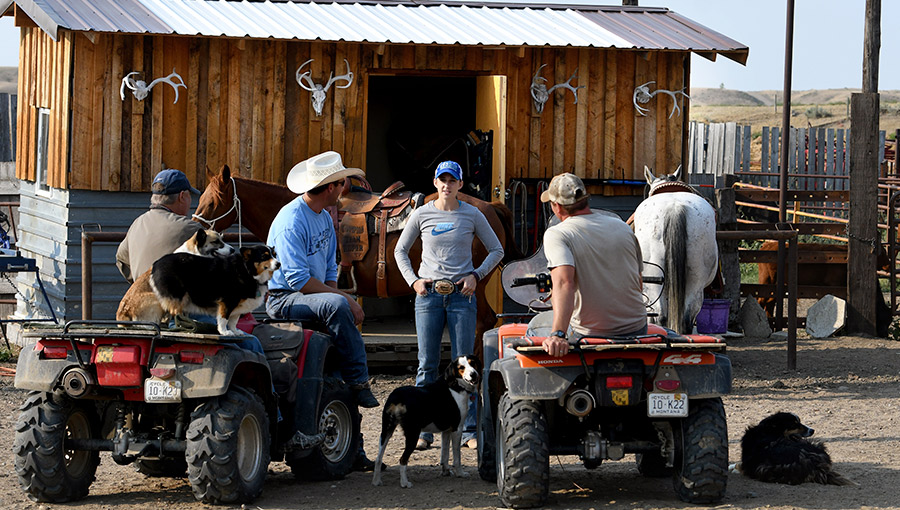
SPURRED TO SUCCEED
Inspired by her Montana ranching roots, UW School of Medicine student Justinn Lahaye is pursuing a career serving patients in rural communities.
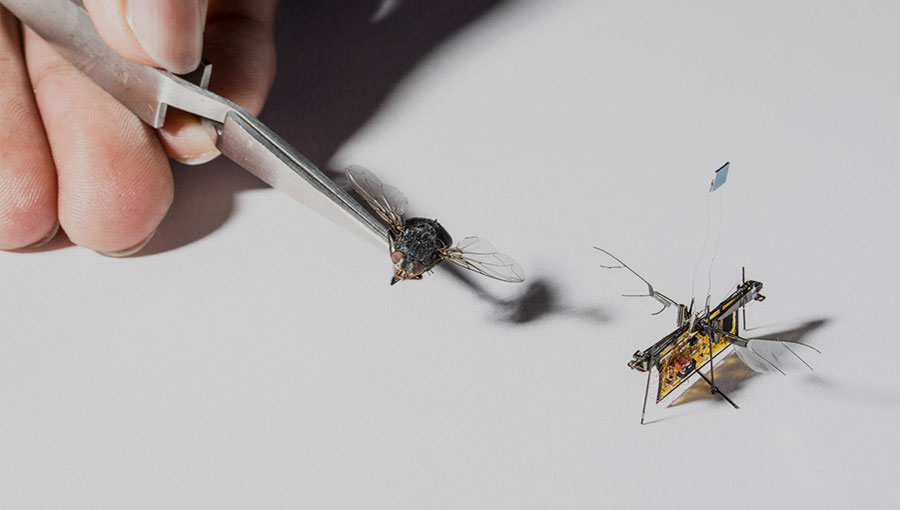
ROBOFLY TAKES OFF
UW engineers designed the world’s first flying robotic insect. Its potential impact, from surveying crop growth to sniffing out gas leaks, is limitless.

